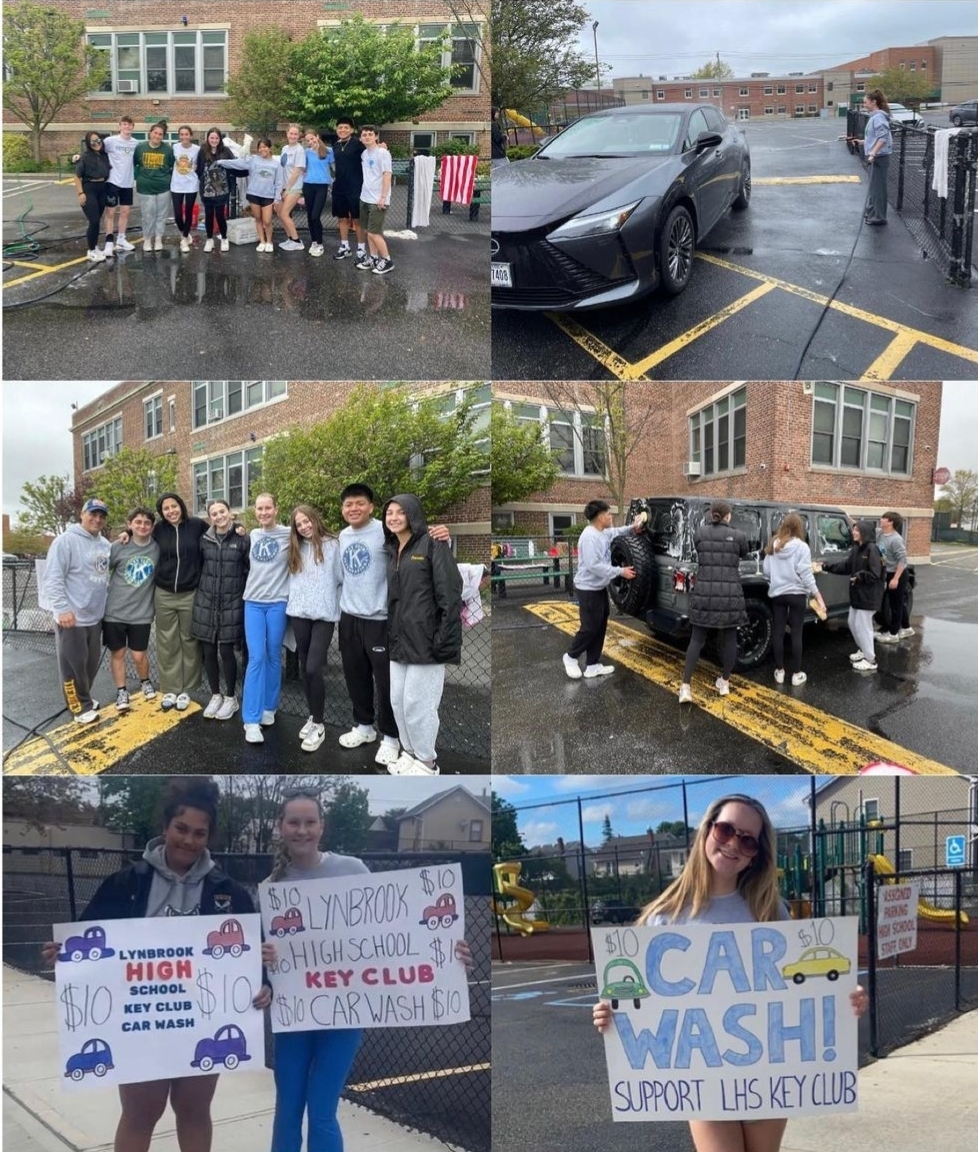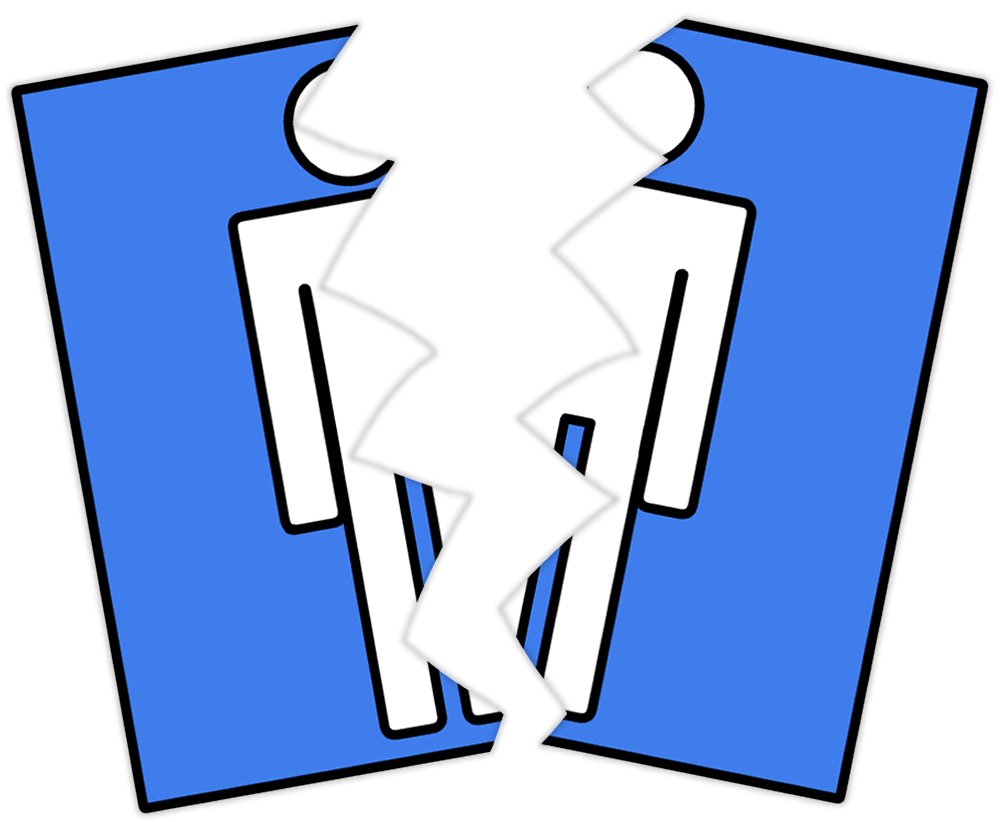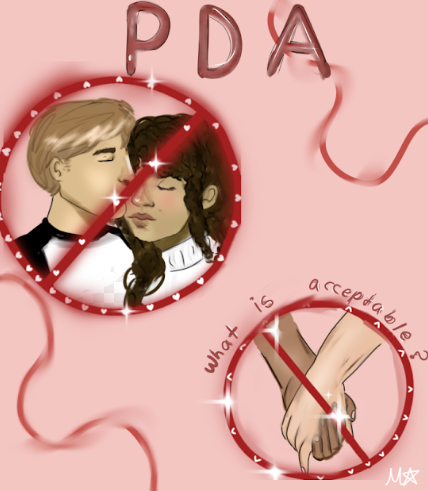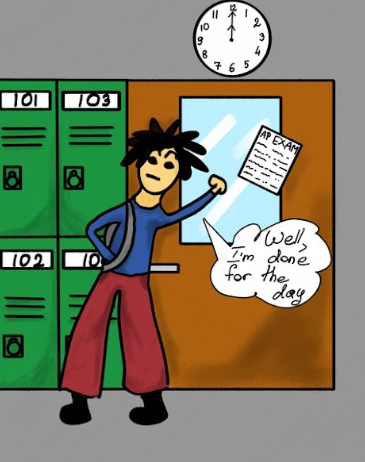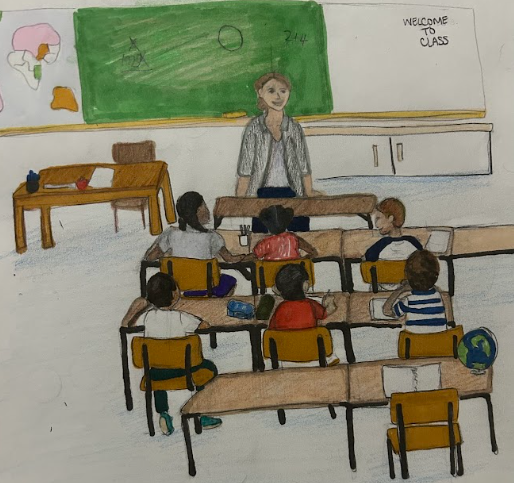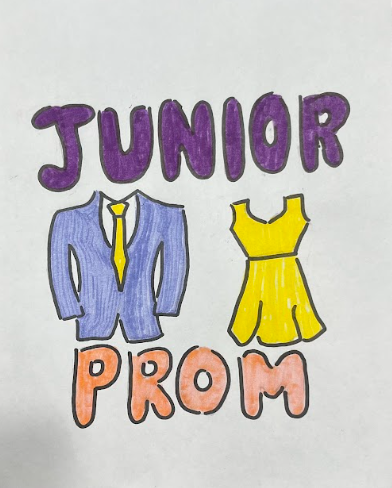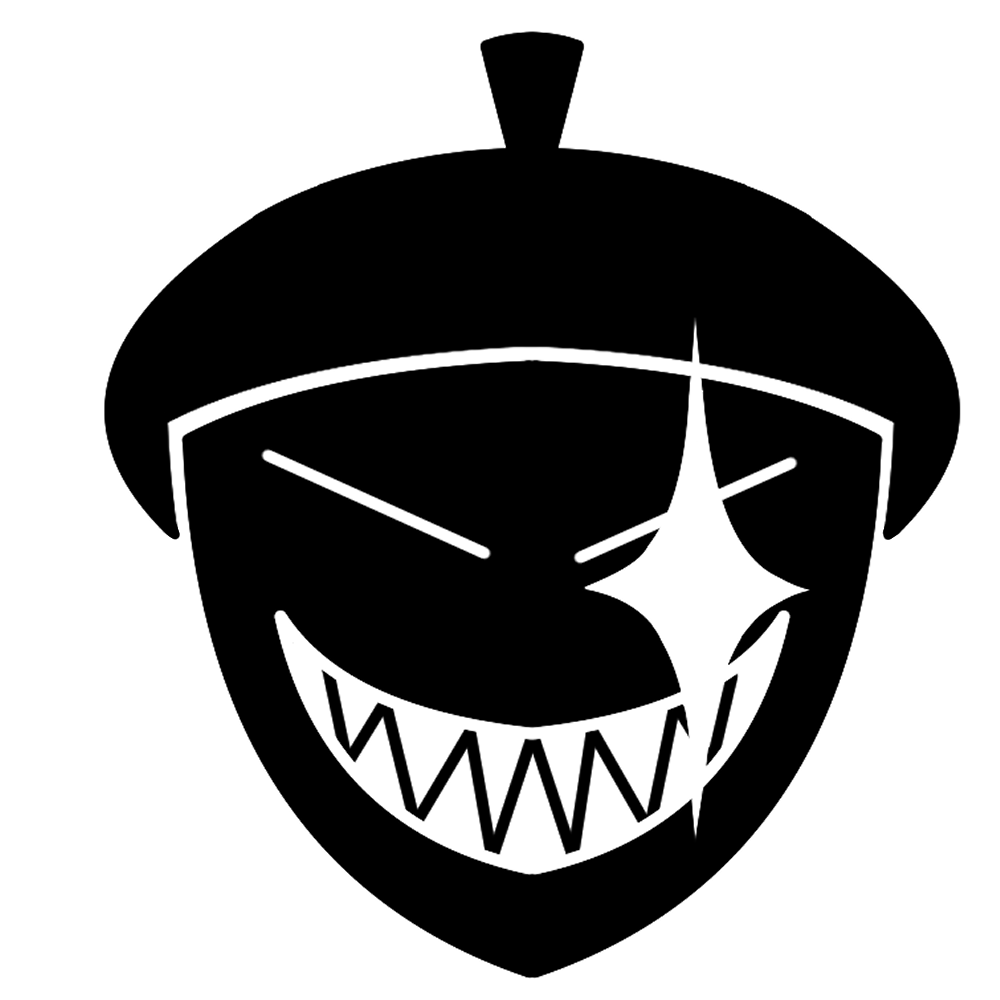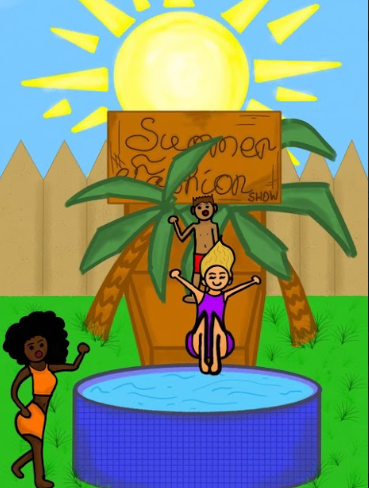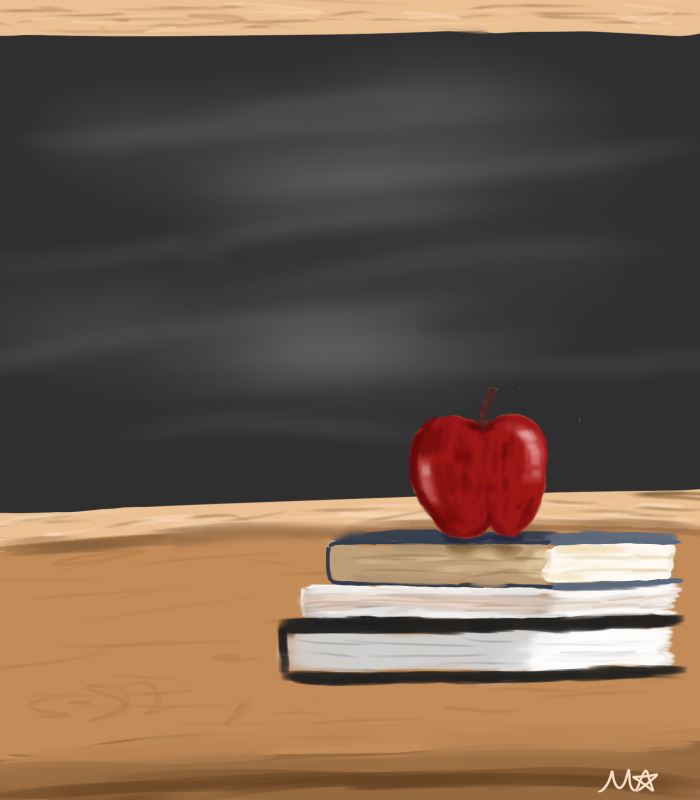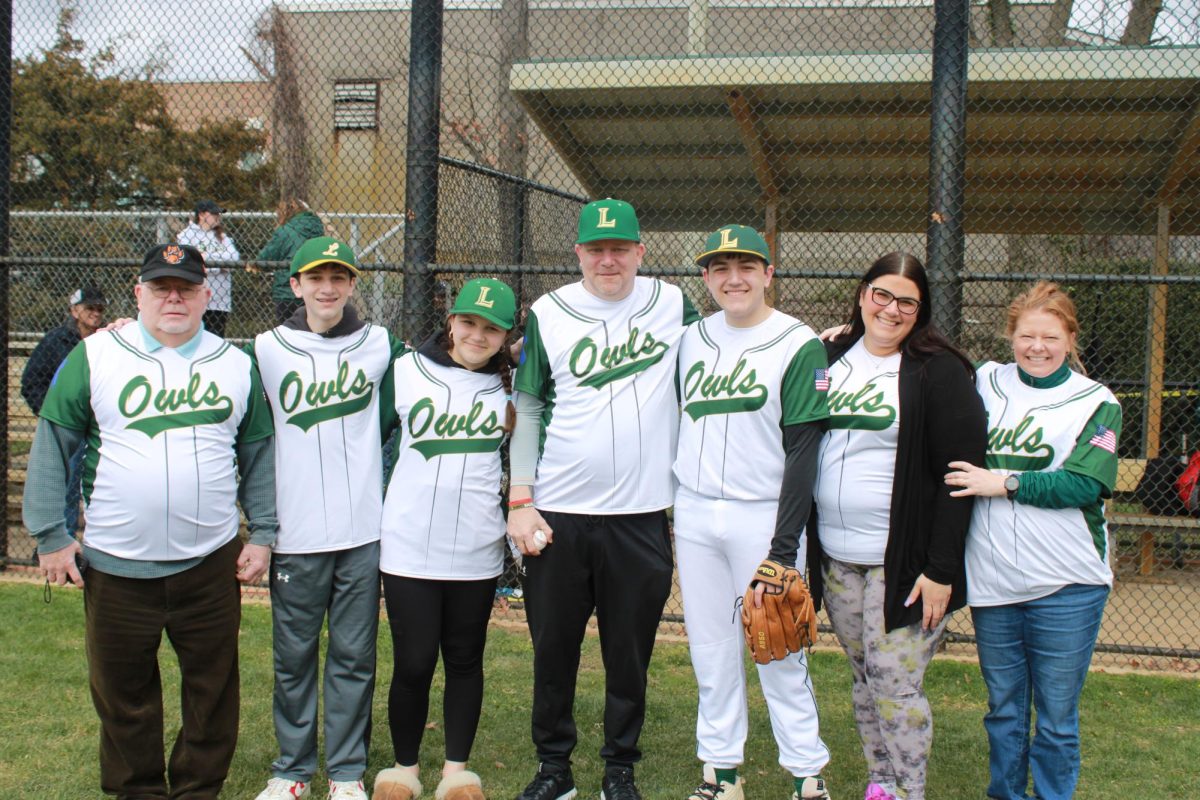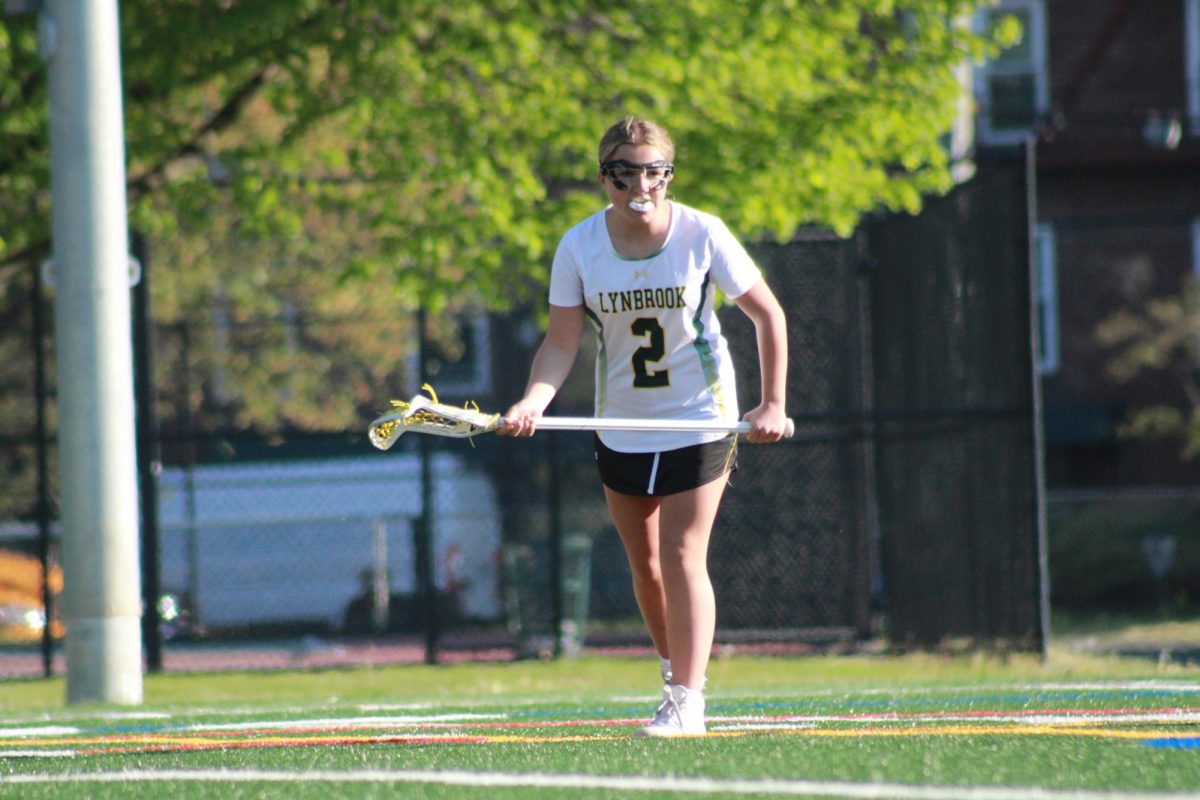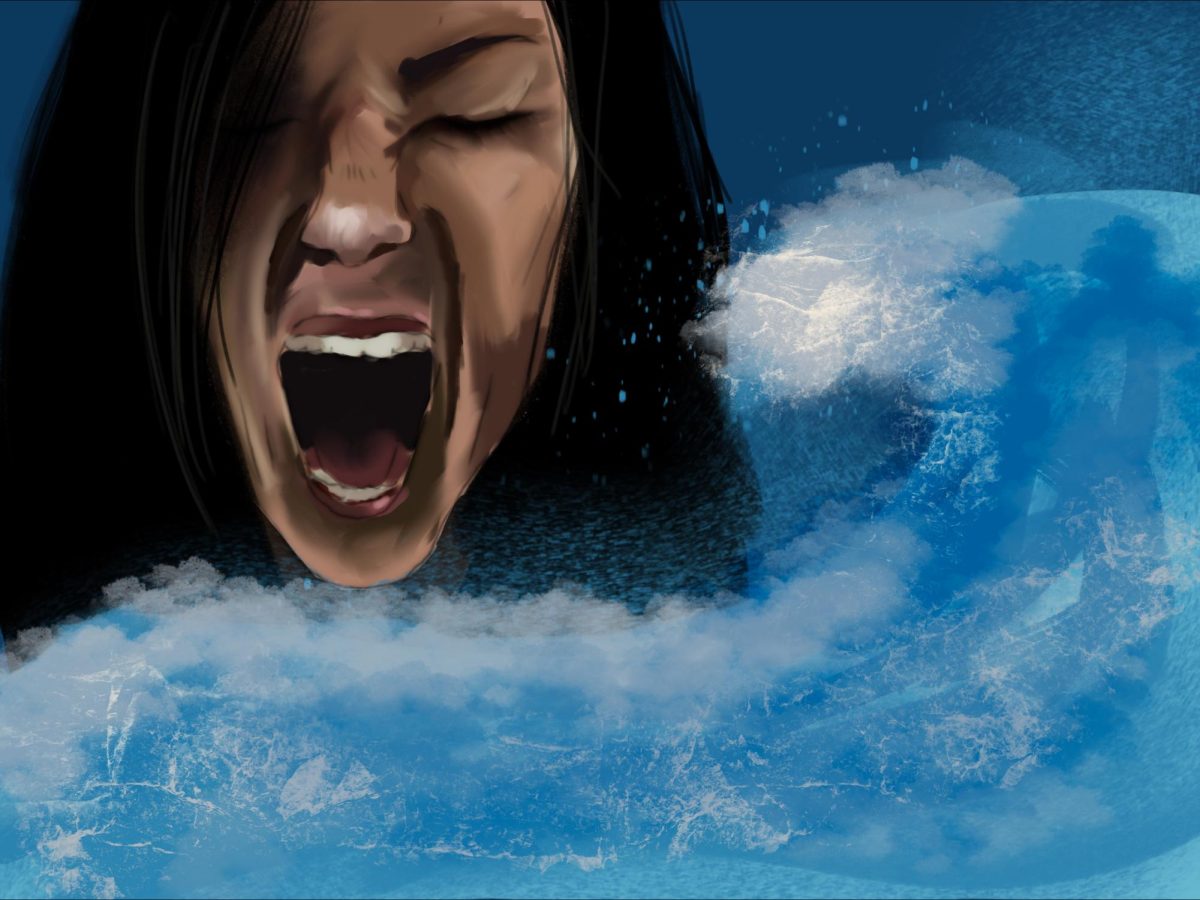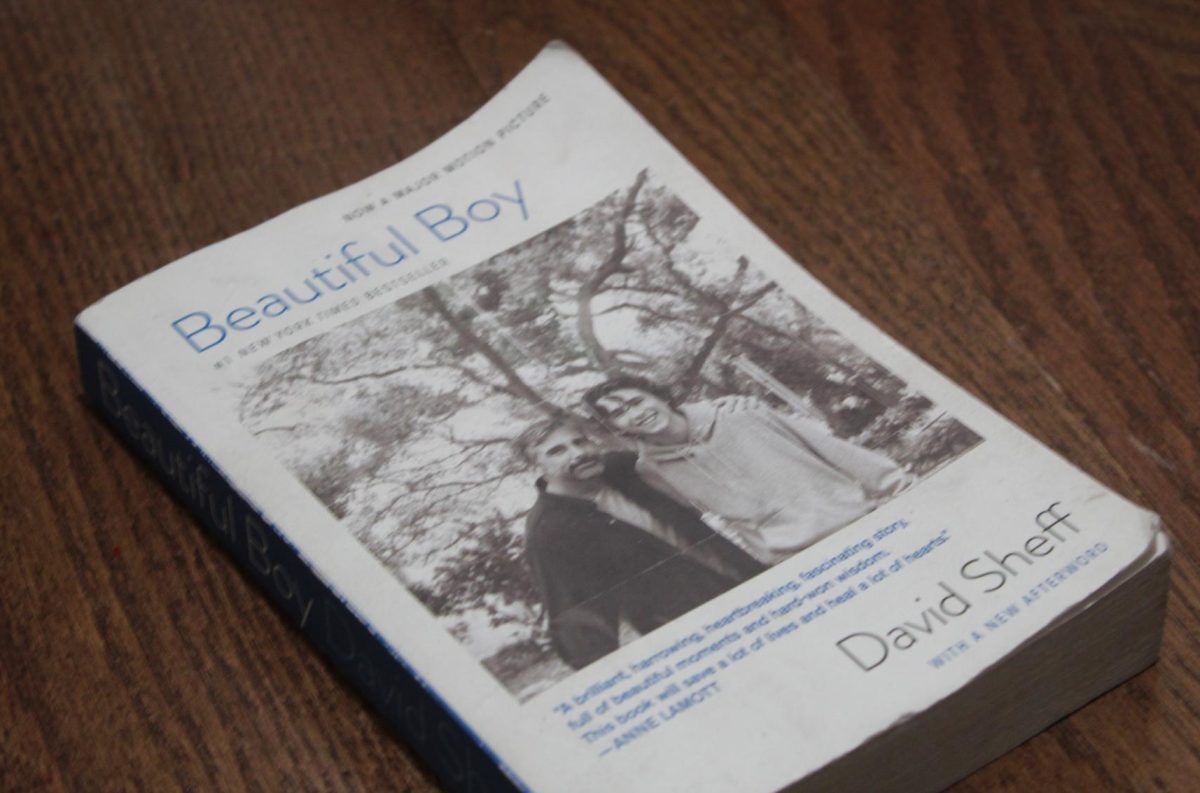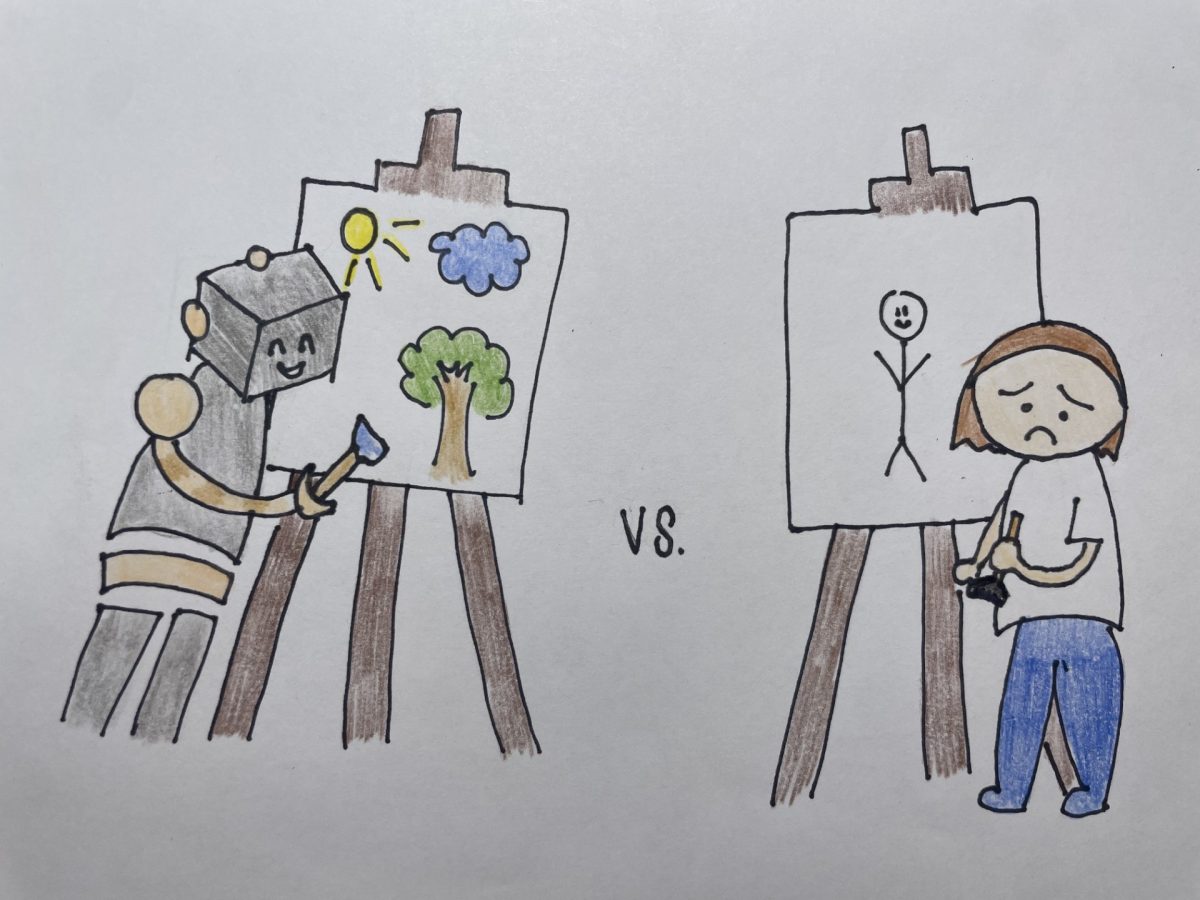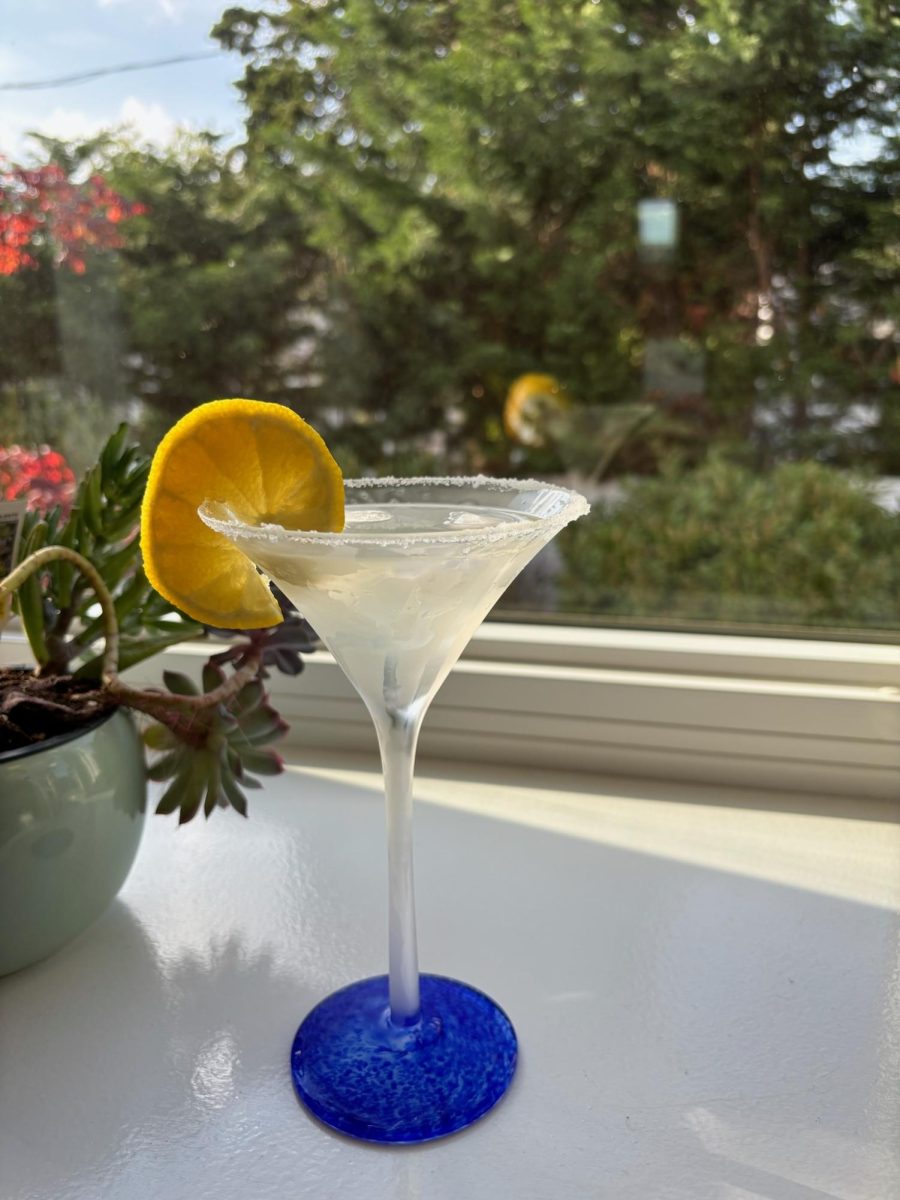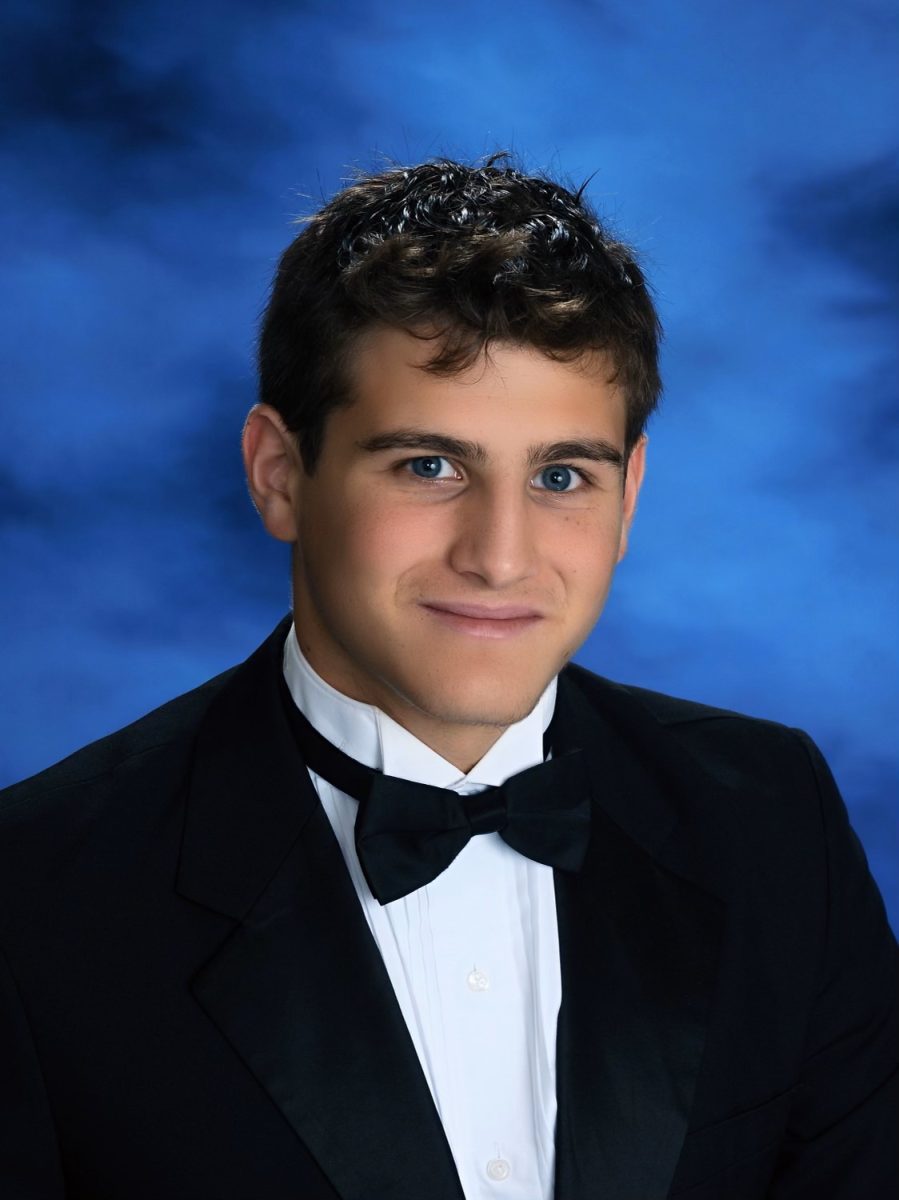“How can I go forward when I don’t know which way I’m facing?” -John Lennon
“What did I do wrong?” This was the question David Sheff asked himself, staying awake each night as he awaited a phone call from the police, from the hospital, from somebody, telling him that his son was dead, or saying he was found completely alive. He felt himself only able to think the worst. With every passing car, he thought, “It’s Nic. He’s here.”
Beautiful Boy is a biography written in 2007 by author David Sheff. Sheff began by writing his and his son’s story in an article “My Addicted Son,” featured in The New York Times Magazine in 2005. The award-winning article is what began his series of novels written on addiction and his family’s experiences with it, and, most importantly, it is how Beautiful Boy came to be. “I became addicted to my son’s addiction,” expresses Sheff throughout the novel, a concept he explores as the book progresses. Beautiful Boy is a masterpiece. It is the heart of a family torn apart by a disease, a disease still killing tens of thousands in the U.S. each year, according to the Centers Of Disease Control and Prevention (CDC).
Unfortunately, addiction is something many students are not unfamiliar with, considering they have unmitigated exposure to drugs themselves. Health teacher Jennifer Kramer said drugs are often “as available as an Uber Eats meal.” Drugs are everywhere. “I get offered drugs all the time in the street,” said Jack Kelly, a freshman at Scott High School in Kentucky, while motioning to a flier a man gave him for marijuana. The flier, the same green as a street sign, has a barcode linking to connections to the drug. “I always say no, because like, I don’t know these people. And because I don’t do drugs,” Kelly added. However, Sheff’s perspective in the novel is slightly different from Kelly’s. A young father raising a son in the ’80s and ’90s, with drug experiences of his own. Despite drugs being weaker at the time, Sheff’s experiences still had an impact on him, and he did not want the same for his son. However, as learned throughout reading the novel, Sheff believes addiction cannot be controlled.
The novel begins by recalling the events of picking up his son Nic from the airport, who is coming home for summer break. Nic is immediately shown to have a distinct character. He is a spunky boy who cares for the people around him. He is different from most–goofy, social, and outgoing–doing the things most older brothers do. He is unashamed to joke with his siblings, Jasper and Daisy, and has a strong bond with them both. Reading this part of the story, I could not help but smile. Nic is an admirable older brother who loves his family as much as any other. Very quickly, I fell in love with Nic’s personality, and, slowly, my perspective shifted to that of how his father saw him. The book encapsulates this well, very vividly showing Nic’s most prominent sides. “PJ” (a character Nic invented for his younger siblings), or reading stories to them at bedtime, Nic is a wonderful, average young adult. Seeing this side of Nic, one would be unsuspecting that he had been using methamphetamines since he had arrived home for the entire semester before that. He admits to using drugs during a dispute with his father shortly after coming home, and soon, Nic runs away. It is at this point in the book that Sheff starts to explain the story from the very beginning.
Sheff begins in 1982, describing the impending feelings of expecting a child. A gender-revealing ultrasound, decorating his room, the mixed feelings of exhaustion and love only a father can have for his child. His child. His beautiful boy. Sheff’s splendid use of motifs and imagery led me to envision myself in his position. It was painful to see the family having to manage the icky parts of a divorce, dividing themselves among a son in a way Sheff describes as “fallout from a dirty bomb.” At night, when Nic is scared as a little boy, Sheff sits by the bed with him and sings John Lennon’s song “Beautiful Boy”:
“Close your eyes, have no fear
The monsters gone, he’s on the run, and your daddy’s here…”
Apart from the divorce, and a few other events, Nic has a fairly average childhood. He meets his stepmother and soon bonds with her. His younger brother is then born. However, like many teenagers, Nic begins to rebel. Nic’s rebellion is not out of the ordinary, that is, until he is caught possessing marijuana in middle school. Sheff is shocked; he finds it hard to accept that his innocent son could have possessed any drug. I cringed as a reader watching Sheff navigate yet another sticky situation. Nic admits to his father that at 11 he had tried alcohol with a friend. Sheff is informed by Nic’s teacher that all of this is normal behavior for an adolescent, but recalling his own drug experiences, Sheff fears for his son. Though Sheff’s worries are soon diminished as time passes, the marijuana incident soon begins to fade out of memory. It is brushed as another learning experience, and Nic soon graduates middle school, and all seems well until Nic is suspended for purchasing marijuana on his high school campus.
Sheff once more convinces himself that this is experimentation, and Nic soon begins building himself back up. Nic partakes in an exchange program in France, and things seem to be turning up again, but upon returning from the program, Nic is found to have an ulcer–an ulcer, at just 17.
Nic slowly begins to rebel again, falling out of his usual activity loop. His behavior begins to spiral downwards, and it is obvious to Sheff that Nic has not stopped doing drugs. Denial had Sheff in a hold. Receiving advice from every side, Sheff is confused on what to do, and he is panicked after realizing Nic has run away, taking food, money, and a bottle of wine.
Nic goes through several ups and downs, periods where he seems to be getting better, or on the contrary, getting worse. Things seem to escalate more than not, and, found behind a dumpster one day, Nic confesses to his father in a dazed state that he had used methamphetamines.
From here, the story peaks. Sheff’s descriptions of each night, lying awake and waiting for his son to return home, convincing himself at times that Nic had died, and the several relapses that came with an on and off drug abuse that lasted nearly a decade. Nic would recover but fall captive to the drug all over again. The story is in short horrific, and I had to put the book down several times to process the events that occurred. The once-strong student, a popular water polo athlete who loved the arts, made a complete shift in demeanor that would keep his family on edge for years. Nic’s lifestyle became one of stealing from his home, running away with various partners and ignoring any contact from his father only to spontaneously call once again, begging to go to rehab and almost dying several times. Sheff’s heartbreaking descriptions of each night, or hope after another recovery, are represented fully through his use of imagery. Sheff blends his own drug research with his own adolescent experiences to properly encapsulate the situation at hand, making me feel as if I was walking through the situation alongside the family. Even Sheff’s description of his terrifying brain hemorrhage, the blur of losing who he was and having to relearn how to read and write all while only thinking about his addicted son’s recovery, “Is he still sober?” This all invoked a strong sense of emotion in me that lingered for weeks after I finished reading the book. Beautiful Boy is truly a life-changing novel and one I believe every person should read.
The most surprising part of the story was how normal Nic’s childhood was. Sheff made many mistakes, like all fathers do; however, based on the memoir, no specific decision he made could have caused what had happened. The novel truly showed me that addiction is a disease. The truth is, addiction is not only a preventable disease, but a treatable one, which emphasizes the importance of education on drugs in the midst of this crisis. Beautiful Boy shows how serious the drug problem has become in this country. According to the Mayo Clinic’s website (mayoclinic.org), substance use disorder, informally known as drug addiction “is a disease that affects a person’s brain and behavior and leads to an inability to control the use of a legal or illegal drug or medicine.” Addiction is a disease like any other, one that should be feared like any other.
“Long Island, along with many regions in the U.S., faces challenges with addiction and substance use. Here on Long Island, opioid addiction is a major concern,” said Samantha Lancaster, a school social worker at LHS. “Now that health class is moved to freshman year, it is great that we are working to increase awareness and education surrounding substance use and addiction,” she added. According to a survey conducted by the National Institute on Drug Abuse (nida.nih.gov), an average of 37.9% of students aged from 8th-12th grade seeing “a great risk” of taking highly addictive drugs like oxycontin or vicodin. Educating the youth of this nation is necessary; they are the future. “I would say we are experiencing an epidemic,” said Kramer. “Students of today are exposed to drugs that teenagers 20 years ago were not exposed to,” she added. With the crisis, drug lacing has become significantly more common. Marijuana now is not the same marijuana it was in the 1990s. Marijuana today is significantly stronger and has a higher risk of being laced. In 2022, the Drug Enforcement Administration (DEA) released a public service announcement regarding the lacing of fake prescription pills with fentanyl. “More than half of the fentanyl-laced fake prescription pills being trafficked in communities across the country now contain a potentially deadly dose of fentanyl,” the announcement stated. But why would an individual want to put him/herself at risk? “I think what hasn’t changed after all of my years as a health educator is that existence of a want to fit in. And I don’t know why it exists that drinking and drugs are considered cool,” said Kramer. “Usually people are peer pressured, and if they’re not, they do drugs to do better in school,” recalled Kelly. “I believe school is the reason most people do drugs,” Kelly added. Kelly has many of his own experiences as an adolescent with drugs. He details how at eight, he was given marijuana chewable he was told was another candy. “Because [the people who gave it] thought it was funny. My dad used to eat a lot of my candy, and he got really high,” said Kelly. He explained that his father was okay, but that it was a scary experience as a mere eight-year-old child. Kelly is fourteen now and still recalls the incident vividly.
Today, Nic Sheff has been sober for about 12 years. He was diagnosed with bipolar disorder in 2003, and is living as an American writer, with two memoirs detailing his experiences as an addict to methamphetamine. The of story Beautiful Boy, his story, also tells the stories of millions of other families today in the United States. Addiction can be prevented, but the choice only belongs to oneself to truly determine the outcome. Is it worth trading the future of one’s life for a medication?




